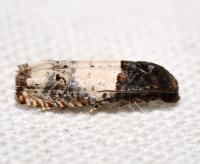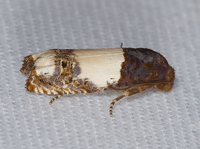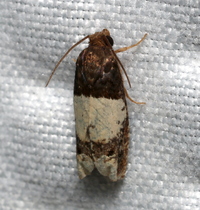
| Recorded by: Jeff Niznik, David George, Jim Petranka, Mark Basinger, Becky Elkin on 2025-08-29
Richmond Co.
Comment: | 
| Recorded by: R. Newman on 2025-08-28
Carteret Co.
Comment: |
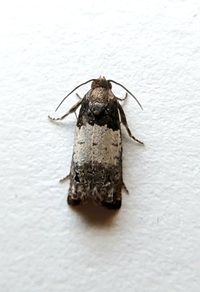
| Recorded by: Mark Basinger on 2025-08-18
Wilson Co.
Comment: | 
| Recorded by: R. Newman on 2025-08-09
Carteret Co.
Comment: |

| Recorded by: David George, Jeff Niznik on 2025-07-20
Moore Co.
Comment: | 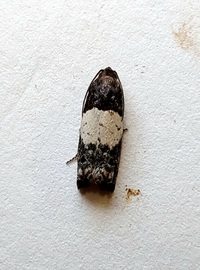
| Recorded by: Mark Basinger on 2025-06-21
Wilson Co.
Comment: |

| Recorded by: Mark Basinger on 2025-06-21
Wilson Co.
Comment: | 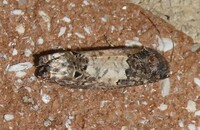
| Recorded by: Simpson Eason on 2025-06-07
Durham Co.
Comment: |
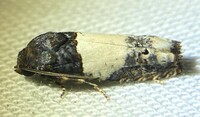
| Recorded by: Dean Furbish and Joy Wiggins on 2025-05-01
Pender Co.
Comment: | 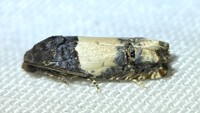
| Recorded by: Dean Furbish and Joy Wiggins on 2025-04-27
Pender Co.
Comment: |
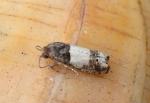
| Recorded by: R. Newman on 2024-08-12
Carteret Co.
Comment: | 
| Recorded by: Maurice Cullen, Todd Pusser, F. Williams, S. Williams on 2024-07-08
Gates Co.
Comment: |

| Recorded by: R. Newman on 2024-06-28
Carteret Co.
Comment: | 
| Recorded by: Dean Furbish on 2024-05-11
Pender Co.
Comment: |

| Recorded by: Dean Furbish on 2024-05-09
Pender Co.
Comment: | 
| Recorded by: Dean Furbish on 2024-05-07
Pender Co.
Comment: |
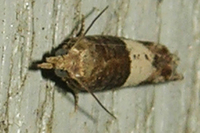
| Recorded by: Owen McConnell on 2023-08-15
Graham Co.
Comment: | 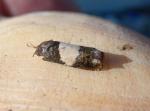
| Recorded by: R. Newman on 2023-07-27
Carteret Co.
Comment: |
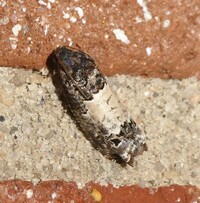
| Recorded by: Simpson Eason on 2023-07-16
Durham Co.
Comment: | 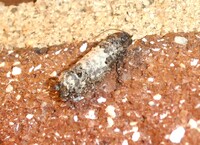
| Recorded by: Simpson Eason on 2023-06-25
Durham Co.
Comment: |
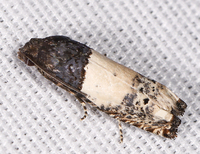
| Recorded by: Jim Petranka and John Petranka on 2023-06-14
Moore Co.
Comment: | 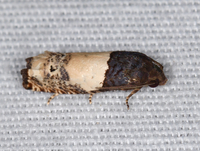
| Recorded by: Jim Petranka and Bo Sullivan on 2023-06-13
Moore Co.
Comment: |
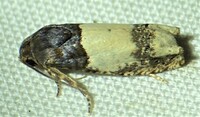
| Recorded by: Dean Furbish on 2023-05-01
Pender Co.
Comment: | 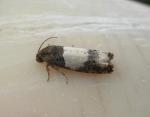
| Recorded by: R. Newman on 2023-03-26
Carteret Co.
Comment: |

| Recorded by: R. Newman on 2022-08-31
Carteret Co.
Comment: | 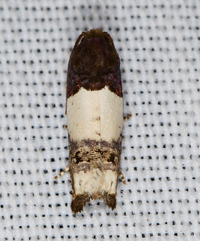
| Recorded by: Jim Petranka, Steve Hall and Bo Sullivan on 2022-08-28
Moore Co.
Comment: |
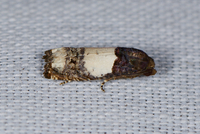
| Recorded by: Jim Petranka, Steve Hall and Bo Sullivan on 2022-08-28
Moore Co.
Comment: | 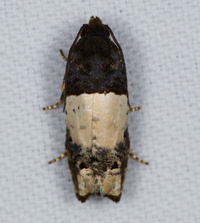
| Recorded by: Jim Petranka, Bo Sullivan, and Steve Hall on 2022-07-24
Moore Co.
Comment: |
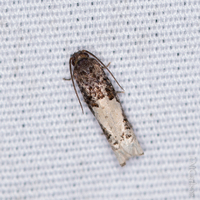
| Recorded by: David George, L. M. Carlson on 2022-06-20
Caswell Co.
Comment: | 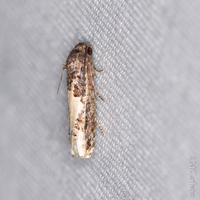
| Recorded by: David George, L. M. Carlson on 2022-06-20
Caswell Co.
Comment: |
|

 »
»